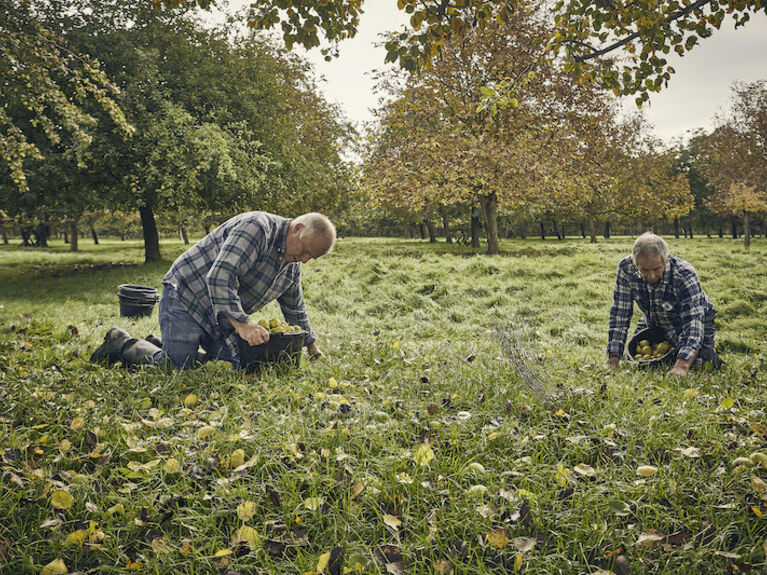The Cider Making Process
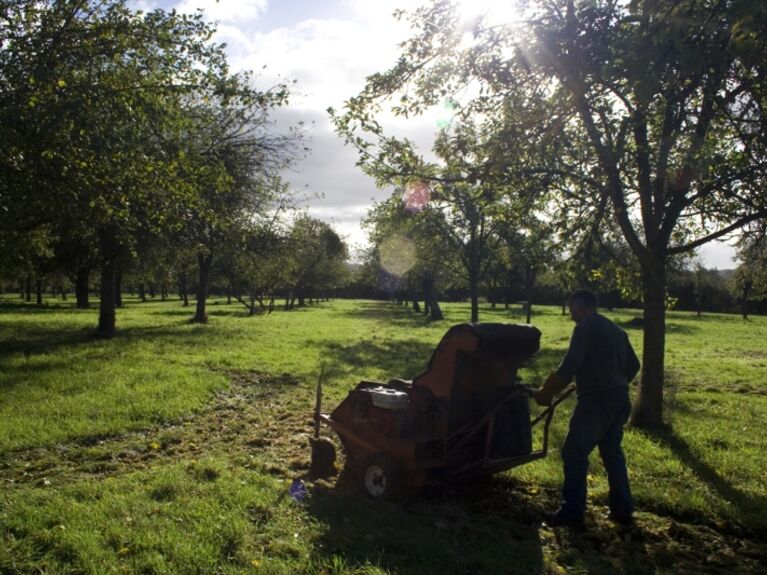
The art of making cider has been one that has been perfected over a course of thousands of years. Although modern cider making may look different today, essentially the process is the same... get the juice from the apple and allow the natural sugars to be converted into alcohol by yeast. Obviously there is a lot more to it than that and we thought we would share the seven steps we use to make cider.
IMage needed
1.Harvesting
Our apples come from orchards based around the three counties... Gloucestershire, Herefordshire and Worcestershire. These are usually harvested around October - November time. They are then taken to our site at Castlemorton on the edge of the Malvern Hills.
Image needed
Image needed
2. Milling and Pressing
Once at our site at Castlemorton the apples are then washed and sorted; rotten apples can introduce unwanted yeast and bacteria. The apples are then converted into a pulp by a process called 'milling'. This pulp is then 'pressed' to allow all of the juice to be extracted from the solid pomace. This left over pomace is then sent off to an anaerobic digester to be make green energy.
Image needed
3. Fermentation
The juice of the apples contains natural fermentable sugars; sucrose, fructose and glucose. These are fed on by the yeast converting it into alcohol. This raw cider will usually have a ABV of 5.5-7% depending on the sugar content within the apples.
Image needed
4. Maturation
After the fermentation process is complete the cider is transferred to tanks to sit around and allow to mature and develop. This process can take from a couple of weeks to months to even years depending on what style of cider you wish to achieve. For example our Vintage Dry was pressed in 2014 and only released this year! Some ciders are left to mature in oak barrels... even some ex spirit barrels... watch this space!
Image needed
5. Blending
This is where the real art of cider making comes alive! After the fermentation and maturation the yeast will have converted all the fermentable sugars into alcohol and so the cider will be very dry. Blending allows a balance to be made - whether this is to add back sugars, acids or even juices and hop infusions. This part of the process allows cidermakers to experiment with different styles and flavours.
Image needed
6. Stabilisation
Before being packaged the cider undergoes stabilisation. The majority of our cider is sterile filtered. Some cider makers still use Isinglass (fish swim bladders) but we use cross flow filtration which means our ciders are still suitable for vegans. Our bag in box cloudy ciders are pasteurised rather than sterile filtered to prevent a secondary fermentation of the sugars added during the blending process. This means that we can use sugar instead of sweeteners and once opened the box will last for 6 weeks in a cool environment.
7. Packaging!
The final step in the cider making process! Our ciders come in various forms of packing, from Bag-in-Box, to bottles, to different style kegs. Below is a picture of our cider going into a KeyKeg.
Image needed
More Articles
News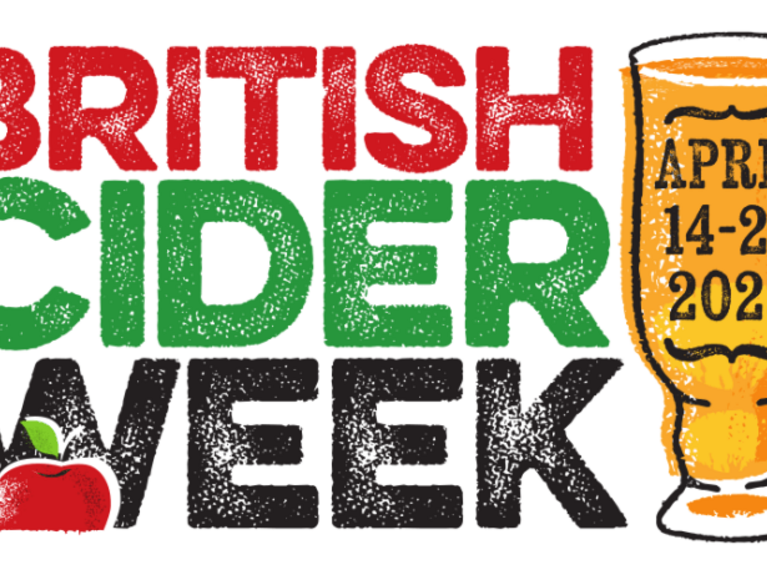

British Cider Week
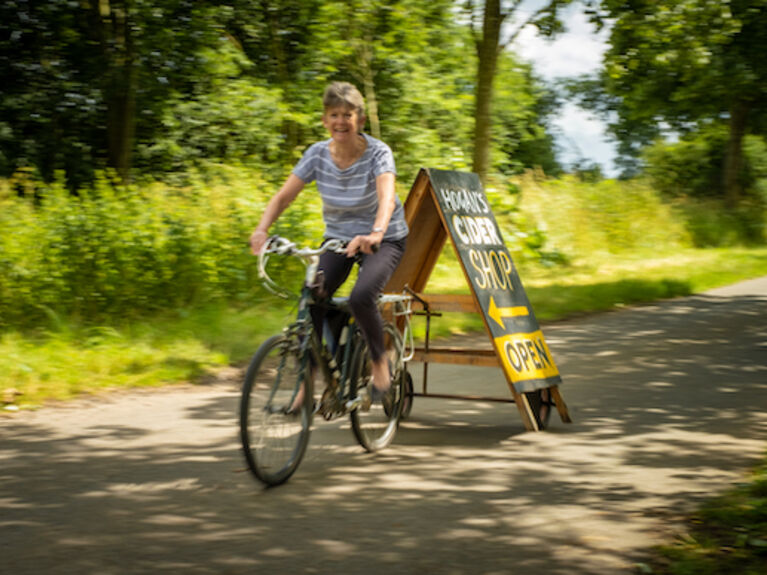

Overdue catchup!
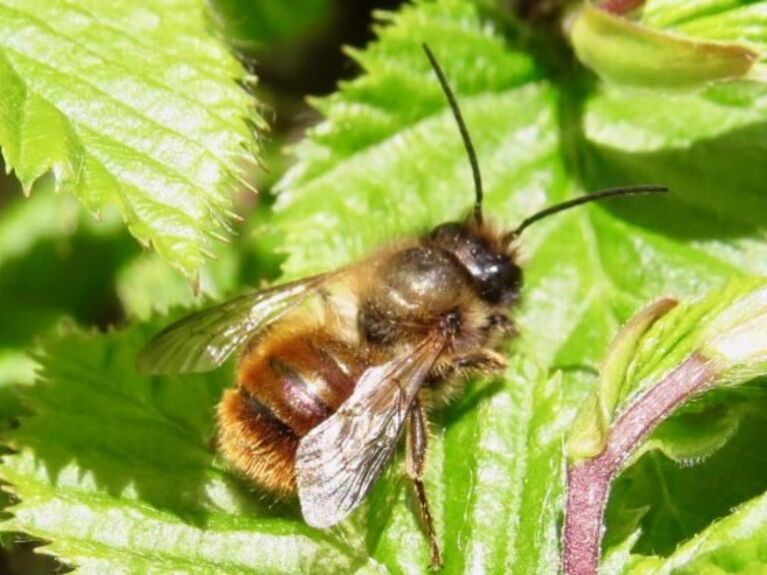

Buglife - caring for those insects....
